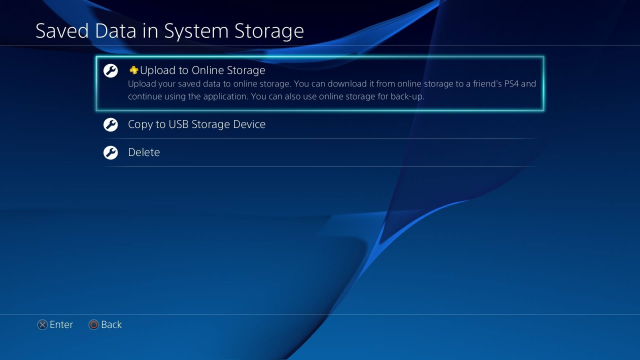

Everyone that winds up running an MLB organization has a similar tale; they spend years paying their dues in the front office, organizing information on prospects, analyzing contract values, and serving as gophers for the suits who make things happen. Working their way up the ladder, they gain invaluable knowledge on what it takes to put a successful baseball team on the field and black ink in the accounting books. Eventually, they get their own shot as the boss, ready to wheel and deal in search of a World Series championship.
MLB Front Office Manager, though, assumes you already know everything about running an organization from top to bottom, and throws you right into the mix without a net. Upon starting our career, we would have loved to have been able to choose from several strategies, such as “Let’s go all out to win now” or “Let’s stockpile for the future,” then work with a staff of advisors to make it happen. Instead, other than some mostly worthless emails from current A’s GM Billy Beane, we sifted helplessly alone through unfriendly menus in futile attempts to forge a team in our own image.
If the game accomplishes anything, it’s educating us that running a baseball franchise is, well, kinda dull. Poring over hundreds of anonymous player stat pages? Negotiating contract details, arbitration offers, and low-level minor league roster assignments? Tedium, thy name is MLB Front Office Manager.
No matter which team you helm, you always begin in the off-season with a host of text- and menu-based tasks ahead of you. Somewhere along the way of evaluating your 40-man roster, assigning scouting budgets, and combing through the Rule 5 Draft eligible players, you’ll start to zone out and search desperately for something – anything – interesting to do. Too bad you’ll have to wait until Spring Training for that, and to get there you’ll need to invest more than a few hours in getting your team ready.
Once you’re in the thick of the season, you’ll be bombarded with hundreds of emails and obnoxiously repetitive “media events." Frankly, the most fun we had was kicking back, opening a cold one, and watching our poorly assembled team of overpaid underachievers bungle their way through a game. The slick, Web 2.0-style presentation of individual games is nifty, but it’s beyond realistic to offer the ability for you to call the in-game shots. We gotta believe even the most meddling GM’s don’t text message their respective managers before each at-bat with strategic orders and lineup changes.
A lethal combination of clunky menus, lack of guidance, and general tedium combine to make Front Office Manager a dud. There is potential, but engaging anyone other than the most ardent rotisserie geek is going to be a major stretch. We appreciate the effort, but aren’t thrilled with the results.
Feb 3, 2009




 How To Upgrade Your PS4's Hard Drive
How To Upgrade Your PS4's Hard Drive How to play Watch Dogs on DirectX 10 supported Graphics Card
How to play Watch Dogs on DirectX 10 supported Graphics Card Final Fantasy XIII-2 Guide
Final Fantasy XIII-2 Guide Top 10 Strategy Xbox 360 Games
Top 10 Strategy Xbox 360 Games Nintendo Needs to Learn: People Want Thematically Complex Games
Nintendo Needs to Learn: People Want Thematically Complex Games